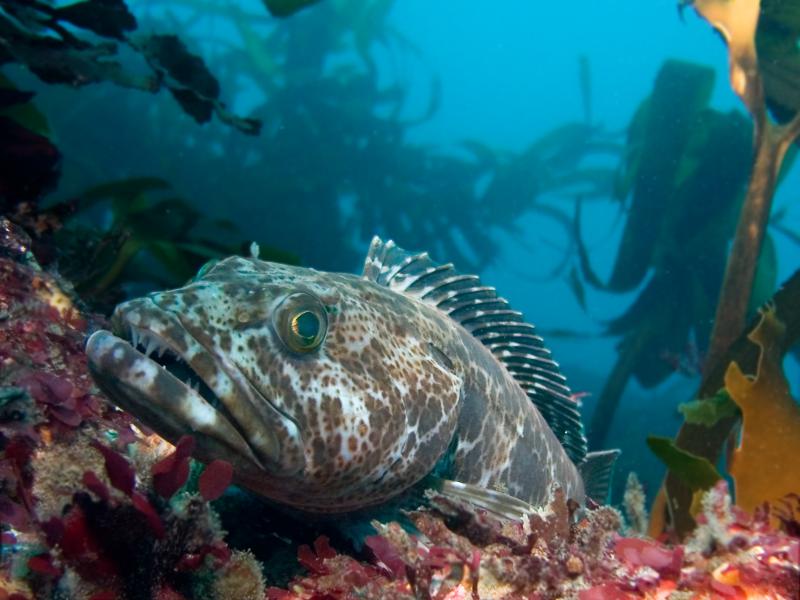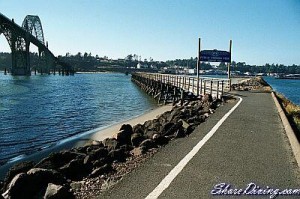
How to Calculate your Buoyancy
“How to Calculate your Buoyancy”
Hello again, Greg at Scuba happy here, today we are going to take a look at the factors you have to take into consideration when calculating just how much weight you will need to get neutrally buoyant, which is the goal of all divers for a safe fun dive.
We want to descend with ease, but the buoyancy in our wetsuits, our BCs, our lungs are all keeping that from happening.
To overcome buoyancy you have to counterbalance it with ballast weight.
The question is, how much? While the answer is different for every diver, the goal is the same: carry enough weight to enable you to function safely at all depth.
Divers are taught that to be neutrally buoyant in their Open Water class during the scuba certification class. The basic method is to carry 10 percent of your body weight in lead.
The surface float method is tested in full scuba gear, have enough weight to evenly distributed to enable you to float in the water at eye level.
But rather than just blindly piling on the lead, why not break it down to find out why you need to carry the weight, and what are you actually counterbalancing.
When you calculate your buoyancy at depth, you can determine where your counterweight needs are, and shows you ways to reduce the amount of weight you have to carry.
Archimedes Principle
STEP 1: Calculate for Your Body
How much weight do you need to make your body neutral? Take a few weights into the water wearing just a swimsuit. You will be perfectly weighted when you can hang motionless with half a breath, and sink when you exhale. ( A snorkel can make this test easier.)
STEP 2: Calculate for your Wetsuit or Drysuit
Wearing your exposure suit, get into the water and repeat the procedure outlined in Step 1. Then take the total amount of weight required to get neutral, subtract Step 1’s total, and you’ll have the net buoyancy budget for your exposure suit.
A wetsuit can have two to three pounds of buoyancy for every mm of thickness. If you wear a neoprene drysuit, consider that compressed or crushed neoprene suits have much less buoyancy than standard neoprene. If you wear a fabric drysuit, remember that thinner undergarments have much less buoyancy than the puffy stuff.
STEP 3: Calculate for Your BC
BCDs can be a source buoyancy, especially the older models that have lots of traditional-style padding. In years past it was common for BCDs to carry upwards of four pounds of added buoyancy, which means, that you need to add at least four pounds of lead to compensate for it. Fortunately, most of todays BCDs have a lot less buoyancy built into them and that makes it easier on the diver to get the correct amount of weight for his specific water conditions.
To test your BC’s inherent buoyancy, submerge it while venting all exhaust valves to bleed air from the bladder. Knead the padding in the shoulders and backpad and behind the pockets to release air bubbles. Slowly rotate the BC to enable any trapped air to escape. Be patient, allow plenty of time for water to displace the air in the material. When you stop seeing bubbles, release the BC into the water column. If it heads to the surface you’ve got some inherent buoyancy to deal with. Add weights until the BC will hang neutrally buoyant in the water. Then count up how many weights it took to get there and you’ll have your number.
STEP 4: Calculate for Your Tank
The buoyancy characteristics of tanks vary widely. For example, a standard aluminum 80 is 1.6 pounds negatively buoyant when topped off, and 2.8 pounds positively buoyant at 500 psi. That’s close to a four and a half pound buoyancy differential between the beginning of a dive and the end of a dive that, of course, needs to be dealt with by adding ballast weight.
A steel tank, on the other hand, tends to start off negatively buoyant and stay that way. For example, a high-pressure 80 is about nine pounds negative when full and three pounds negative when empty. That’s three pounds that can be removed from your weight system.
Tip for Shaving Ballast Weight: Switch from an aluminum cylinder to a steel cylinder.
STEP 5: Calculate for Everything Else
Gather your regulator, gauges, knife, fins and any other items you regularly dive with, place them in a neutrally buoyancy mesh bag, and submerge it. The goal here is primarily to see if the total package is positively buoyant. If it is, add some weight until it becomes neutral. If it’s negative it probably won’t be by much, so consider it a ballast slush fund. It’s not working against you, and that’s all that matters.
STEP 6: Your Neutrally Bupoyant
This should be very close to your target ballast weight requirements, and it should also give you a clear picture of where your biggest buoyancy challenges lie. To double-check your calculations, gear up with all the components you measured separately, get back into the water and repeat Step 1. If the above scenario played out like it’s supposed to, you should be floating at eye or forehead level in a relaxed position. When you exhale you should start to slowly sink. If not, you couldn’t be more than a pound or so off your target. Make the final adjustment and go diving.
SALT WATER VS. FRESH?
If most of your diving is done in fresh water springs or lakes, then ballast calculations should be done in fresh water. If you dive mostly in the ocean, then do the calculations in salt water. If you switch back and forth, you’ll need to adjust your ballast needs as you go. Be prepared to add anywhere from 4 to 7 pounds going from fresh to salt water.
Thanks from all of us at Scuba happy for reading our Blog and please join the conversation at scubahappy.com.
A big thanks to John Brumm’s article at scuba diving online which was used as research for this Blog. Lets stay safe and get Neutrally Buoyant.

